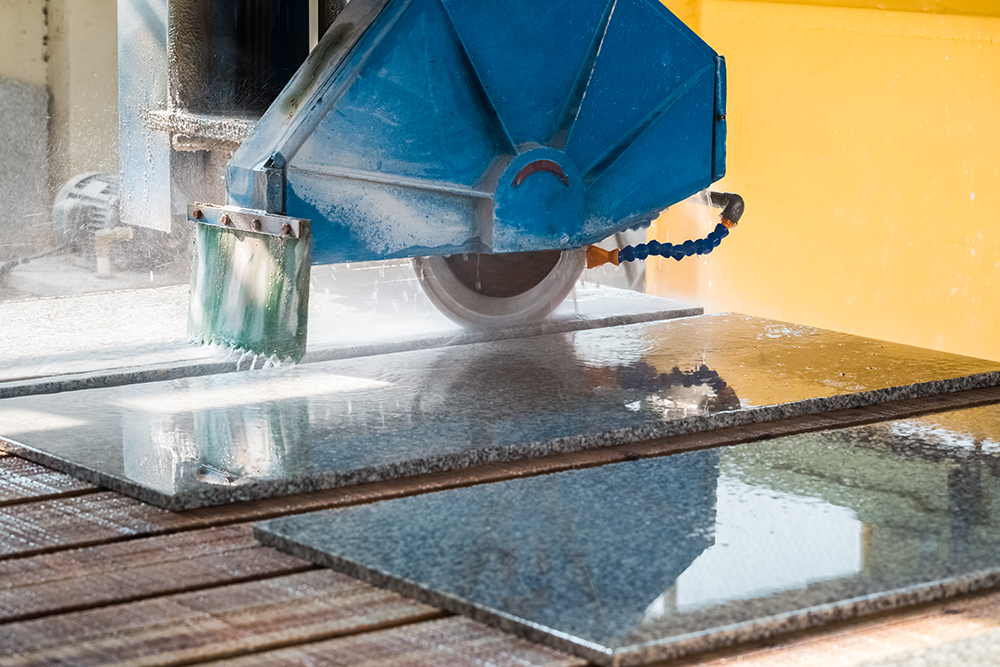Filter presses separate liquids and solids by forcing the liquid elements of slurry through a porous filter cloth. Slurry is a mixture of insoluble substances – such as cement, clay, or coal – with a liquid like water or oil. In a press, the separation occurs in chambers formed between the recessed faces of plates which are clamped together in a steel frame. The liquid flows through the press and the insoluble substances are pressed into “cakes.” The Johnson Press was the first steel plate and frame filter press and was in great demand for food processing and industrial applications.
Not surprisingly, it was the mining industry that drove innovation in filtration presses. Over time, three basic types of filter presses evolved. The first two, the plate & frame filter press and the recessed plate & frame filter press, did the job but were bulky and time and human-touch intensive.
In 1959, K. Kurita and S. Suwa developed the first automatic horizontal-type filter press that improved cake removal efficiency and significantly reduced moisture absorption. Today’s automated filter press give extremely high solids outputs, can dewater sludge with minimal labor at rapid speed, require no human presence during the discharge phases, and have the capacity to run in continuous 24-hour cycles.
Today’s automated filter press improves production time and is a dependable solution to the special problems associated with the dewatering of mineral process slurries. With lower maintenance costs of traditional filter presses and higher performance, it is growing increasingly popular in a variety of industries, including stone fabricating and metal finishing. Most units can be integrated seamlessly into existing wastewater filtration systems, use less water in processing, and allow for unprecedented precision manufacturing.
